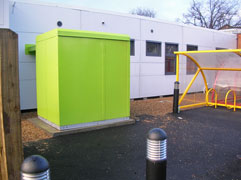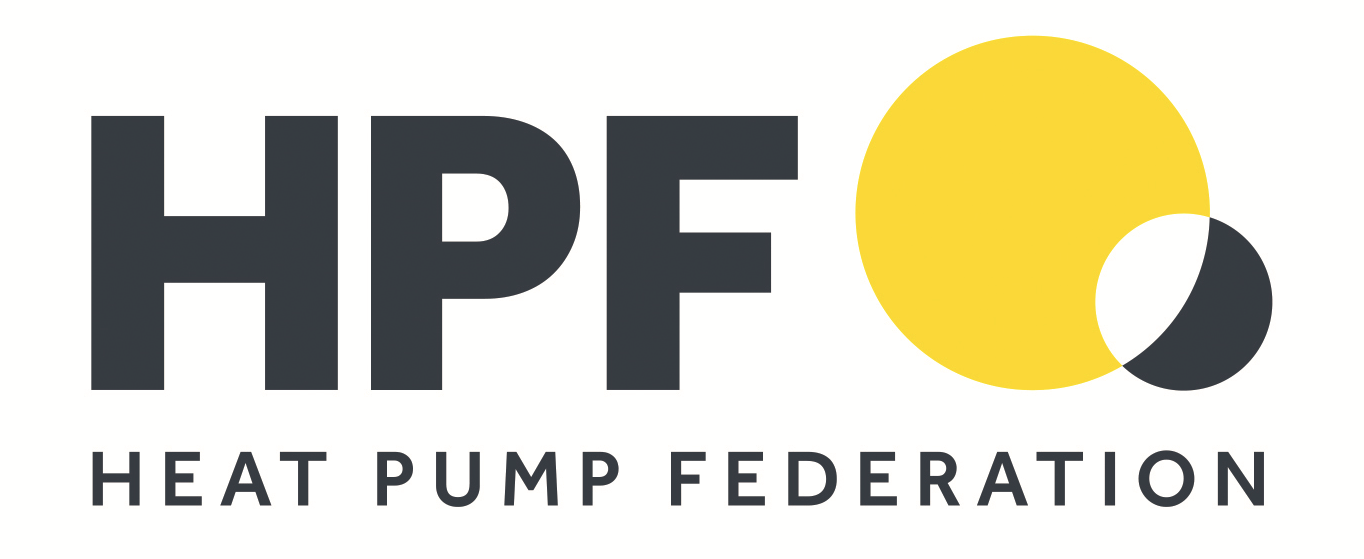Revenue Benefits of using IHT to provide Heating
IHT™ saves over 30% of the electricity cost compared to using a standard, unassisted, Ground Source Heat Pump for heating. IHT uses ground source heat pumps and owners of IHT systems can benefit from cashback of 9.36 pence per kilowatt hour of renewable heat delivered from the Renewable Heat Incentive. They will also receive a cashback of 10 pence per kWh on solar thermal if IHT is used to generate domestic hot water.
The RHI means that the running cost of an efficient ground source heat pump installation can be reduced to a nominal level. For an IHT installation the RHI clean energy cashback may be larger than the cost of running it.
Revenue Benefits of using IHT to provide Cooling
IHT™ saves over 80% of the electricity cost compared to using standard air conditioning and chillers for cooling.
Carbon Saving Benefit of using IHT to provide Heating
IHT™ saves over 70% of carbon emissions compared to using a gas boiler for heating.
Carbon Saving Benefit of using IHT to provide Cooling
IHT™ saves over 80% of carbon emissions compared to using standard air conditioning and chillers for cooling.
The Capital Cost of IHT to provide heating
The cost of an IHT installation to provide heating to a new building will vary depending on a number of factors (the size of the building, design, heating loads, local geology and site location and orientation) including the peak heat demand of the building. The installed cost is likely to be around £1,500 to £2,500 per KiloWatt of heating capacity delivered. It will generally be only 10% more than the cost of a ground source heat pump installation of the same heating capacity using boreholes. This cost allows for the heat delivery system to the building (the solar collector, the Thermal Bank and the ICAX Skid which incorporates the control mechanisms including a heat pump), but not the heat distribution system within the building.
From the cost of installing IHT you would be able to deduct the capital cost of installing a standard carbon-based heating system and a standard air conditioning system.
Why pay extra for IHT over a standard GSHP installation?
The coefficient of performance of a heat pump in an IHT system is generally about 8. This is twice the level of a standard GSHP installation (around 4) because it draws heat from a warm ThermalBank (at around 25°C) at the start of the heating season instead of drawing heat from cold ground (at around 10°C). For this reason the payback period of investing in an IHT system over a standard borehole GSHP installation will be less than two years.
Marginal Additional Cost of using IHT to provide cooling
Normally the cost of providing air conditioning is very large in terms of capital cost, running cost and CO2 output. There is an additional capital cost of providing air conditioning which is frequently termed "the hidden cost of air conditioning": your whole building may need to be up to 5% larger to accommodate the cooling ducts to supply cool air throughout the building.
If you are planning an IHT system to meet the heating requirements of your building in winter then you will already have most of the equipment needed to provide cooling in summer as well. See Renewable Cooling.
If you specify cooling, as well as heating, at the planning stage it is likely that the cost of installing IHT for heating and cooling will be only 10% more than an IHT installation for heating alone. The running cost of providing Cooling will be very low for the reasons given at Renewable Cooling.
Costs and delays of obtaining planning permission
The planning authorities are focusing on on-site renewable energy - plans may be delayed unless renewable energy is incorporated. Some forms of renewable energy may delay planning permission. Interseasonal Heat Transfer is an invisible heating system which provides renewable energy with no visual impact. It also answers your cooling needs with the same equipment.
Clean Energy Cashback
Feed-In Tariffs were introduced in April 2010 and the Renewable Heat Incentive for commercial installations from 28 November 2011. The RHI tariffs for ground source heat pumps were doubled in May 2014.
The RHI is a financial incentive available each year to those who install solar thermal collectors to heat domestic hot water. RHI is also available to those who have ground source heat pumps installed. ICAX installs both as integral parts of Interseasonal Heat Transfer.
The Renewable Heat Incentive not only reduces the annual running costs of providing Renewable Heat to zero when Interseasonal Heat Transfer is used, but also contributes to the capital cost of the investment in Interseasonal Heat Transfer.
Economic Renewable Energy
The combination of Interseasonal Heat Transfer and the Renewable Heat Incentive adds up to Economic Renewable Energy within a realistic payback period from gas free heating.
How much does IHT cost?
This will depend on a number of factors, including the heating and cooling needs of your building. See Feasibility Study for more information.
Ground Source Heat Pump Costs
The cost of a standard unassisted ground source heat pump may be larger than a full Interseasonal Heat Transfer system and is likely to be far less efficient unless the design incorporates an active mechanism for solar recharge of the ground in summer.
The cost will depend on a number of factors, including the heating and cooling needs of your building and the skill and understanding of the designer of the system. See Feasibility Study for more information.
See GSHP Costs


